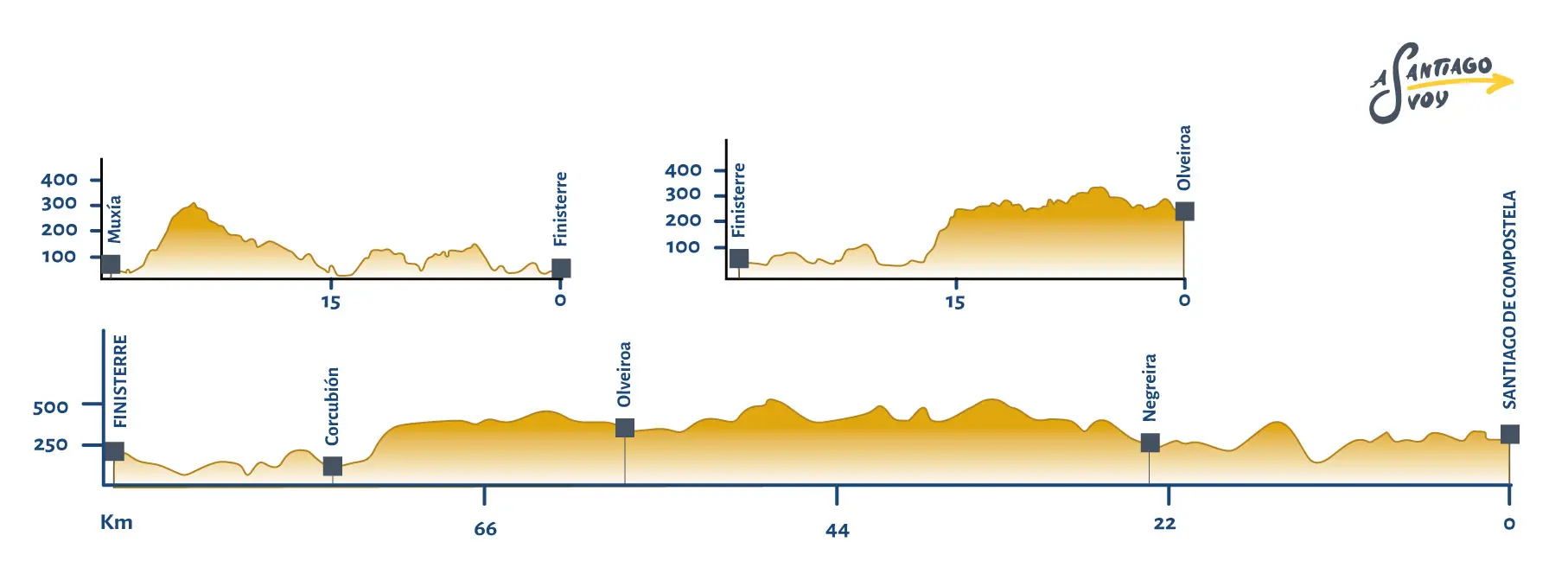History of the Camino to Fisterra and Muxía
70,8 miles (114 kms) / 4 days on foot
Unlike most Jacobean routes, whose origin arises after the discovery of the remains of the Apostle Santiago in medieval times, the Camino to Fisterra and Muxía dates back many centuries before. Specifically, to the Celtic culture, in which the sunrise and sunset were worshiped from strategic points located on the coast.
Fisterra, or Finisterre, as the very origin of its name indicates, finis terrae, was long considered the end of the world, as well as one of these points where the ancient priests worshiped the sun. Later, the Church was in charge of sanctifying this pagan tradition, adding Muxía to it as a place of worship where the Apostle Santiago, according to the Christian legend, witnessed the appearance of the Virgin Mary on a boat.
As we can see, and contrary to what many may think, the Camino de Santiago of Muxía and Fisterra is not something recent, but goes back to long before Christianity. At present we can get an accreditation similar to the Compostela if we complete this Way: La Fisterrana, in the case of walking to Finisterre, or La Muxiana, in case of choosing Muxía as the final destination.

Why choose the Camino to Fisterra and Muxía?
The Way to Fisterra and Muxía also has the peculiarity that it is the only one that does not have the city of Compostela as its goal, but as the starting point. It becomes the perfect closure for those pilgrims who, not satisfied with reaching the cathedral of Santiago, decide to continue to the formerly considered end of the world, or to another temple as important as the one dedicated to the Virgin de la Barca, in Muxía.
If your pilgrimage to Santiago de Compostela has not been enough, or if you want to know what it feels like to take a journey as ancient as the Neolithic era, the Way to Fisterra and Muxía is the experience you are looking for. You will only need four to five days to complete it and earn your final certification. And don't forget to witness the sunset upon your arrival, just as our ancestors would do, to purify yourself and be able to be spiritually reborn.




